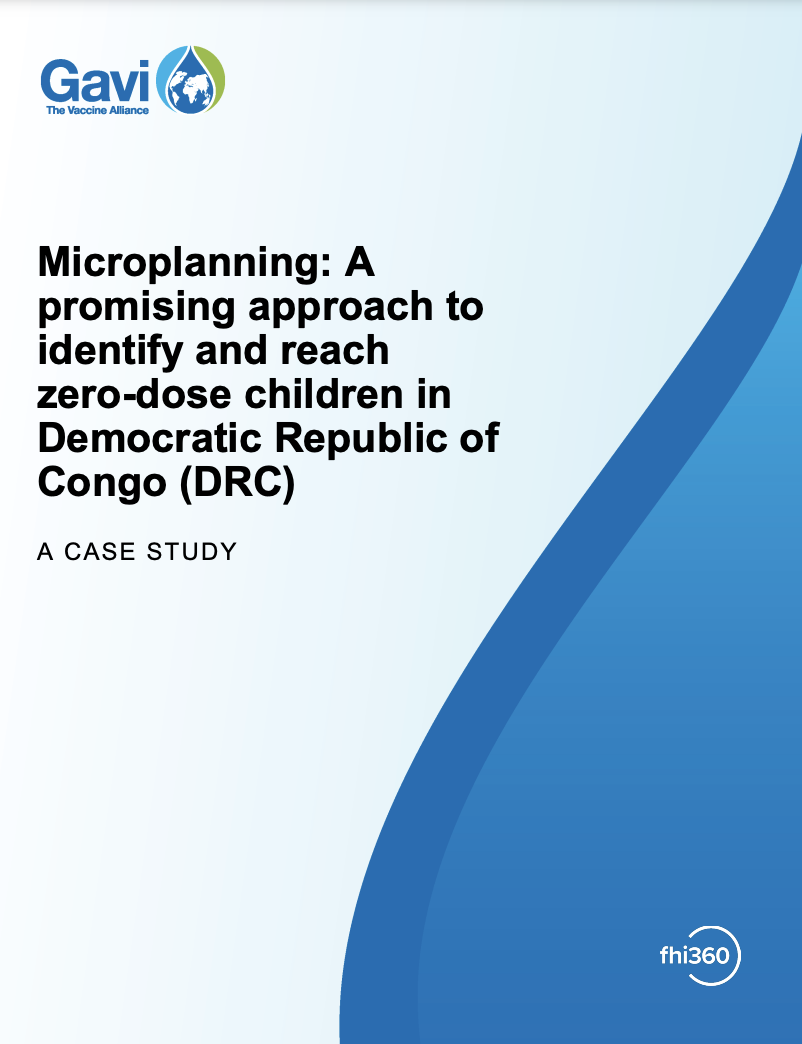Publication
The Population Seen from Space: When Satellite Images Come to the Rescue of the Census
Great steps have been made in recent decades in observing the Earth from the sky. Landscapes and infrastructure can now be mapped at an extremely fine spatial scale. These data—particularly useful to geographers—can also benefit demographers. By combining observations of buildings in satellite images with complementary demographic data, population sizes in areas not reached by the census can be estimated. The authors apply this method to the case of Burkina Faso and explain how a hybrid population census can be carried out when data cannot be collected in some areas.
| Authors | Edith Darin, Mathias Kuépié, Hervé Bassinga, Gianluca Boo, Andrew J. Tatem, Translated by Paul Reeve |
|---|---|
| Source | Population |
| Published | 2022 |



